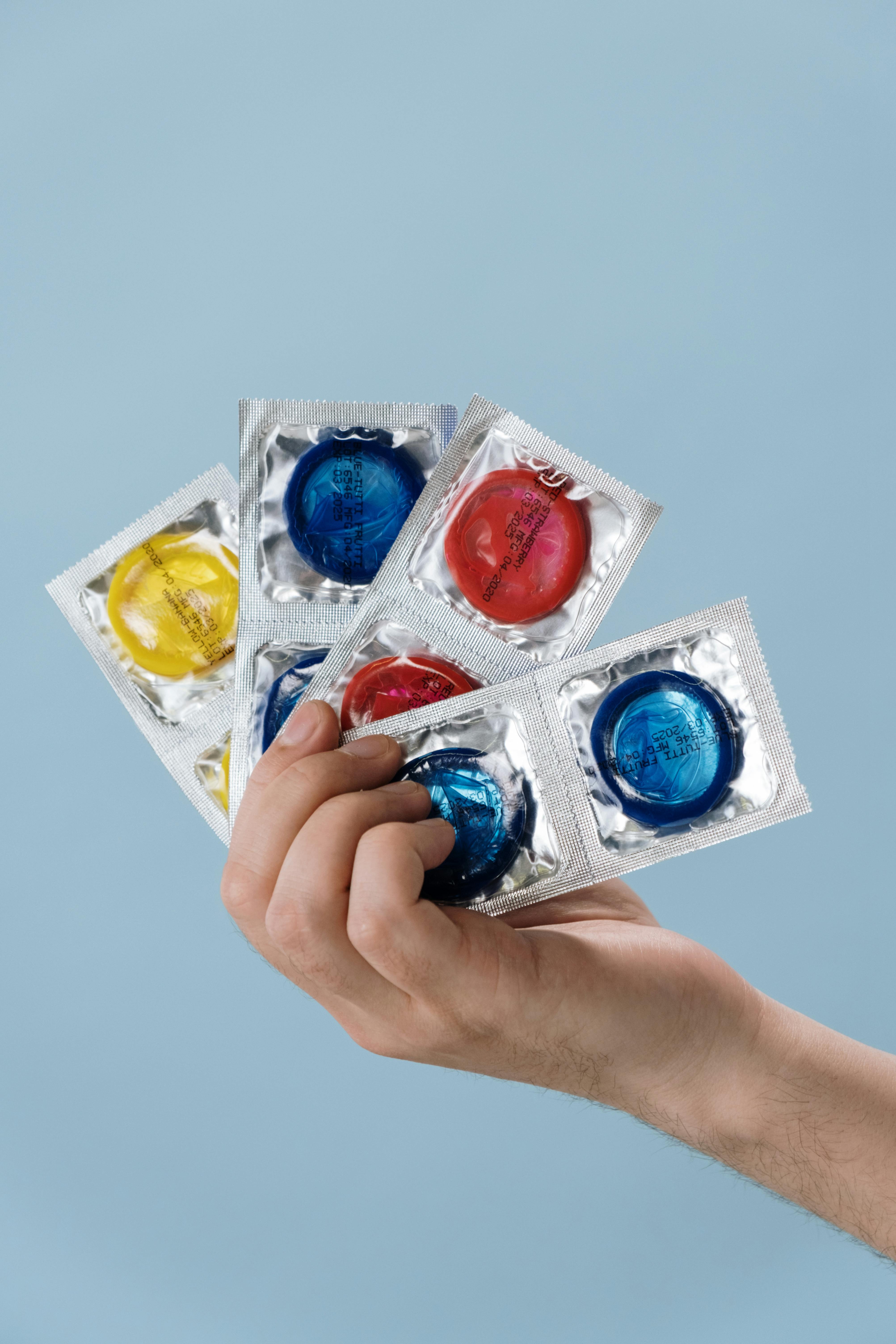What Does Sexual Wellness Really Mean?
Sexual wellness is far more than physical intimacy—it’s a holistic state that integrates emotional, psychological, and relational well-being. For queer women, it encompasses body autonomy, pleasure literacy, and freedom from societal shame. Unlike traditional notions of “sexual health,” it recognizes that safety, consent, and joy are equally important.
For many women in the LGBTQ+ community, sexual wellness also means unlearning heteronormative standards and discovering new ways to experience connection. It’s about creating space to explore what feels authentic—whether that’s through self-pleasure, emotional intimacy, or open communication with partners.
Historical Context: From Silence to Empowerment
For decades, discussions about queer women’s sexuality were suppressed or distorted by cultural bias. The medical field often neglected the needs of women who have sex with women (WSW), while mainstream media portrayed lesbian intimacy through a male-gaze lens.
Today, however, there’s a clear shift. Queer-led health organizations, inclusive sex education programs, and community-driven wellness initiatives are redefining what healthy sexuality means—centered around representation, safety, and empowerment.
Key Trends in Sexual Wellness Amongst Queer Women
Inclusive Sex Toy Innovation
In 2025, queer-focused brands are leading a revolution in inclusive pleasure products. Traditional sex toys were often designed with heteronormative assumptions, but new companies—many founded by queer entrepreneurs—create tools that embrace diversity in anatomy and identity.

From dual-ended vibrators to strapless harnesses and gender-neutral designs, these innovations prioritize body safety, functionality, and representation. As one trend report from Lovense notes, non-heterosexual women report higher usage of sex toys due to greater openness toward exploration and self-pleasure.
Smart Intimacy Technology & Digital Connection
Tech is reshaping how queer women connect sexually and emotionally. App-controlled toys, AI-driven stimulation patterns, and remote intimacy devices make it possible for long-distance partners to share real-time experiences. These tools not only enhance pleasure but also bridge emotional gaps for couples separated by geography.
However, inclusivity remains key—users demand products that recognize their realities rather than assuming heteronormative roles.
Pleasure as Self-Care & Mental Wellness
Across queer communities, self-pleasure is being reframed as self-care. Rather than viewing masturbation as taboo, many now treat it as a ritual of body awareness, healing, and stress relief.
Experts in women’s wellness note that mindful self-pleasure releases oxytocin and endorphins, reducing anxiety and improving mood. For queer women, this practice often doubles as reclamation of autonomy—a way to reconnect with one’s body outside of societal expectations.
Holistic Approaches to Sexual Empowerment
Many queer women’s wellness retreats and workshops now integrate mindfulness, yoga, and body positivity into sexual education. This intersection between physical and spiritual wellness helps participants process trauma, explore desire safely, and strengthen confidence in their sexual identities.
Health, Safety, and Medical Inclusion
STI Awareness and Prevention
Despite myths suggesting otherwise, queer women are not immune to STIs. According to the Mayo Clinic, infections such as HPV, bacterial vaginosis, and herpes can still be transmitted through skin contact or shared toys.
Safe practices—like using barriers, cleaning toys properly, and getting regular screenings—are essential components of sexual wellness.

The Need for Inclusive Gynecological Care
A major challenge remains the lack of inclusive sexual healthcare. Many queer women report discomfort or discrimination in medical settings. Inclusive healthcare means that providers must be trained to recognize diverse sexual practices and avoid assumptions about partners or risk factors.
Organizations like The Trevor Project and GLMA advocate for better representation in health policy, ensuring that all patients receive respectful, relevant, and informed care.
Overcoming Social and Psychological Barriers
The Role of Community and Safe Spaces
Queer sexual wellness thrives in community. Online forums, queer-owned shops, and wellness collectives offer safe environments to share experiences and learn about pleasure without judgment. These spaces foster collective healing and dismantle stigma—allowing women to speak openly about desire, intimacy, and identity.
Media Representation and Visibility
Representation matters. Seeing queer women depicted authentically in media—through TV shows, films, and influencers—encourages others to embrace their identities confidently. Studies show that positive representation correlates with improved sexual self-esteem and decreased internalized shame.
Practical Tips for Enhancing Sexual Wellness
Communication and Consent
Open communication remains the foundation of healthy sex. Discussing desires, boundaries, and expectations fosters mutual respect and deeper connection. Queer women often emphasize emotional intimacy and verbal consent—recognizing that trust and vulnerability enhance physical pleasure.
Exploring New Forms of Intimacy
Sexual wellness isn’t limited to physical acts. It can include touch, massage, mutual exploration, or even non-sexual closeness like cuddling and affirmations. For queer women, redefining intimacy allows freedom to explore what feels right, without pressure to conform to any script.

Future of Sexual Wellness Amongst Queer Women
Intersectionality and Expanding Narratives
The next wave of sexual wellness acknowledges intersectionality—recognizing how race, disability, culture, and gender expression shape experiences of pleasure and health. More inclusive research and visibility will empower every woman, regardless of identity, to pursue holistic wellness.
Queer-Owned Brands and Global Movements
From startups creating eco-friendly sex toys to international initiatives promoting LGBTQ+ health rights, queer-owned brands are leading innovation. Supporting these businesses sustains not only representation but also economic empowerment within the community.
About Sexual Wellness Amongst Queer Women
What makes sexual wellness different for queer women?
Sexual wellness for queer women focuses on inclusion, representation, and safety in both pleasure and health—addressing gaps left by heteronormative education systems.
Are STIs a concern for women who have sex with women?
Yes. While risks may differ, skin-to-skin and fluid transmission still occur. Barrier use, toy cleaning, and screenings are essential.
How can I find queer-friendly healthcare providers?
Look for LGBTQ+-affirming clinics or directories like GLMA (Gay and Lesbian Medical Association) which lists inclusive professionals.
What are the best sex toys for queer women?
Opt for body-safe, non-gendered toys like dual-ended vibrators or suction stimulators from queer-led brands such as Dame.
How can I overcome internalized shame about my sexuality?
Engage in therapy, community discussions, or queer wellness retreats to rebuild confidence and self-acceptance.
Can sexual wellness improve mental health?
Absolutely. Studies show regular sexual expression, and mindful self-pleasure can boost self-esteem, reduce anxiety, and enhance mood stability.
Redefining Pleasure, Health, and Empowerment
The landscape of sexual wellness amongst queer women in 2025 is rich, inclusive, and evolving. It’s about reclaiming pleasure, demanding representation in healthcare, and nurturing body confidence through connection and authenticity.
By embracing both innovation and introspection, queer women continue to lead a global movement—proving that sexual wellness is not a privilege, but a right rooted in self-love, safety, and empowerment.
For more inclusive sexual health information, visit Mayo Clinic’s Guide on LGBTQ+ Health
Or to Donate to the advancement of Queer Women's Health Lesbian Health Fund - GLMA: Health Professionals Advancing LGBTQ Equality






